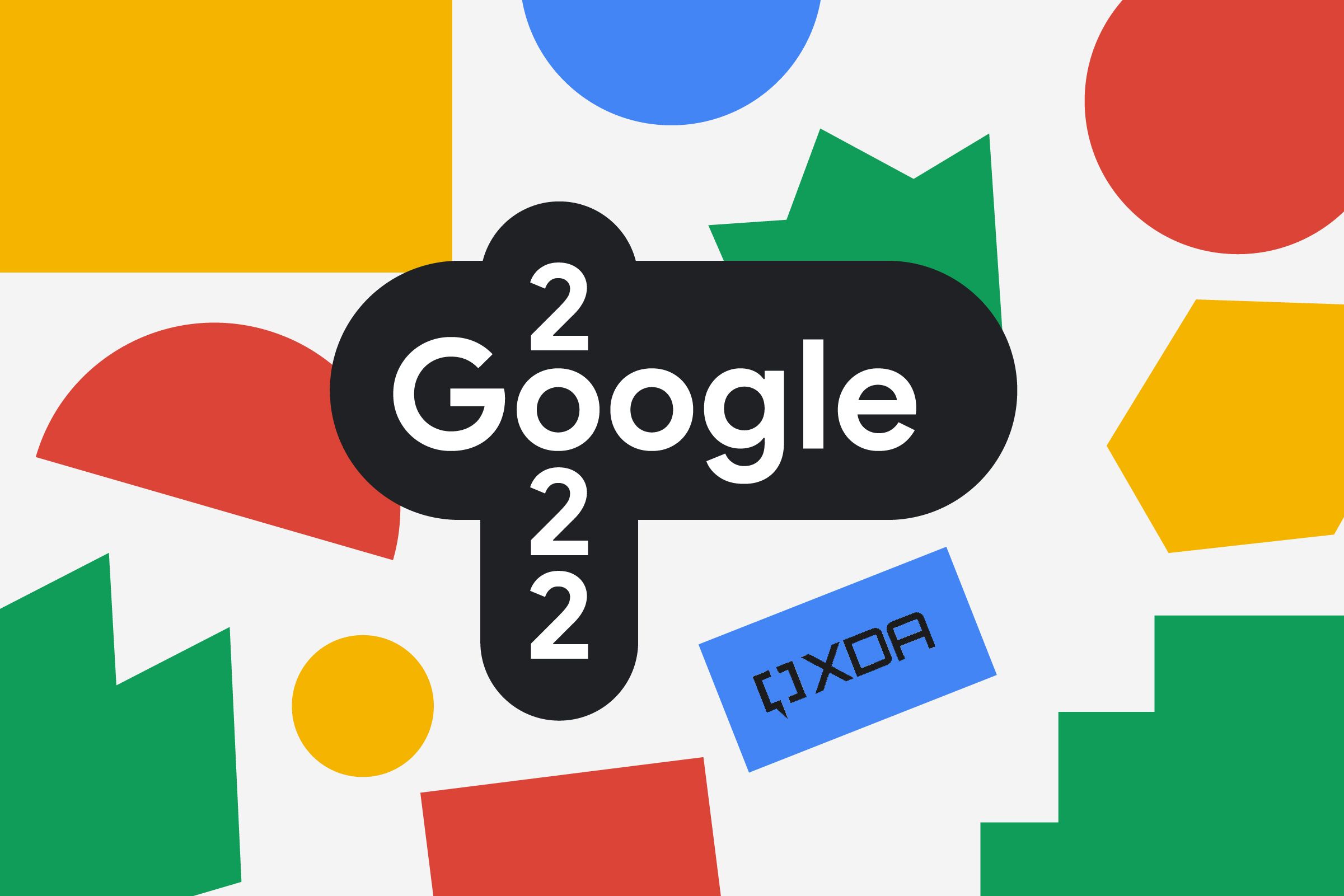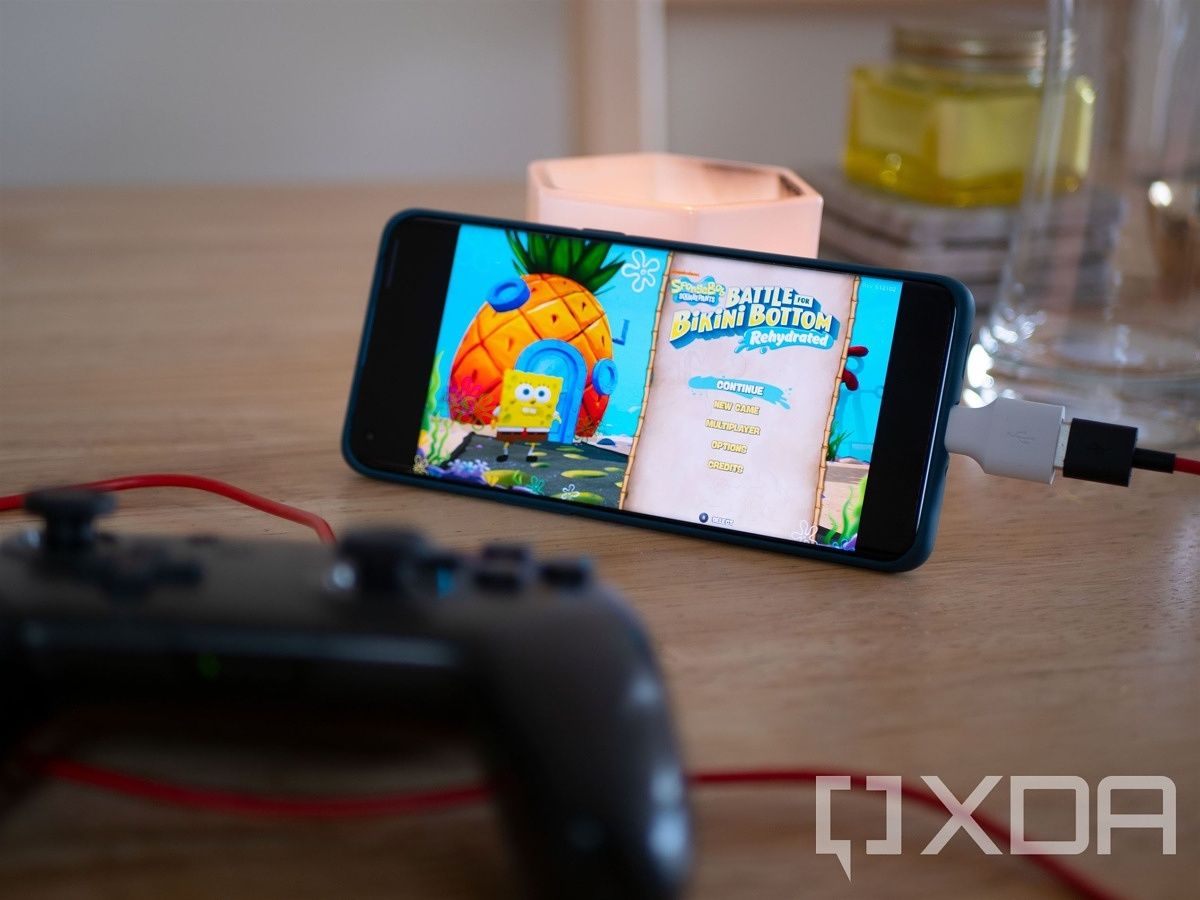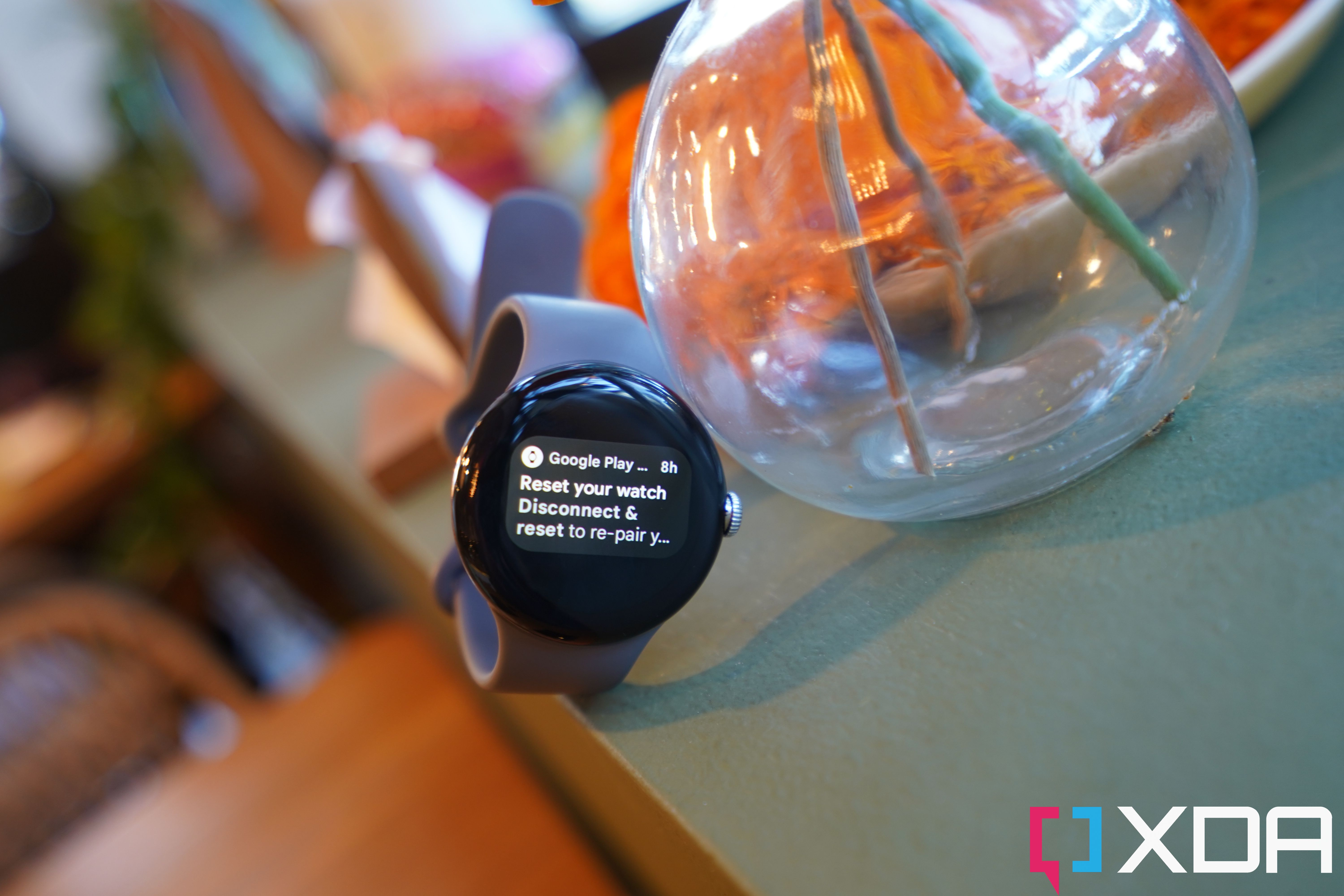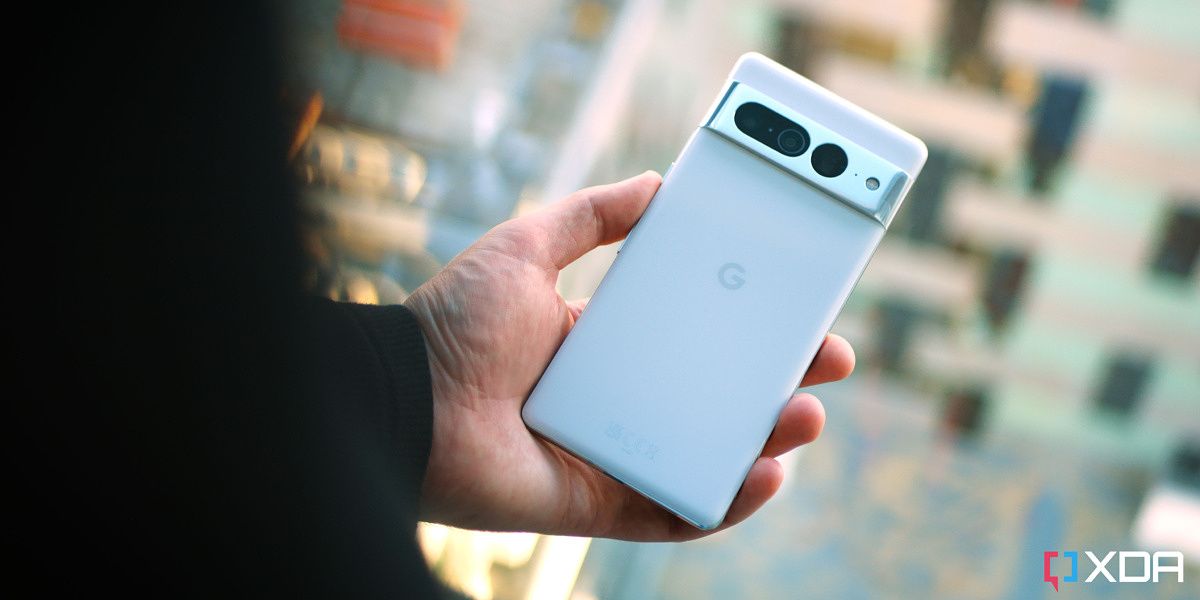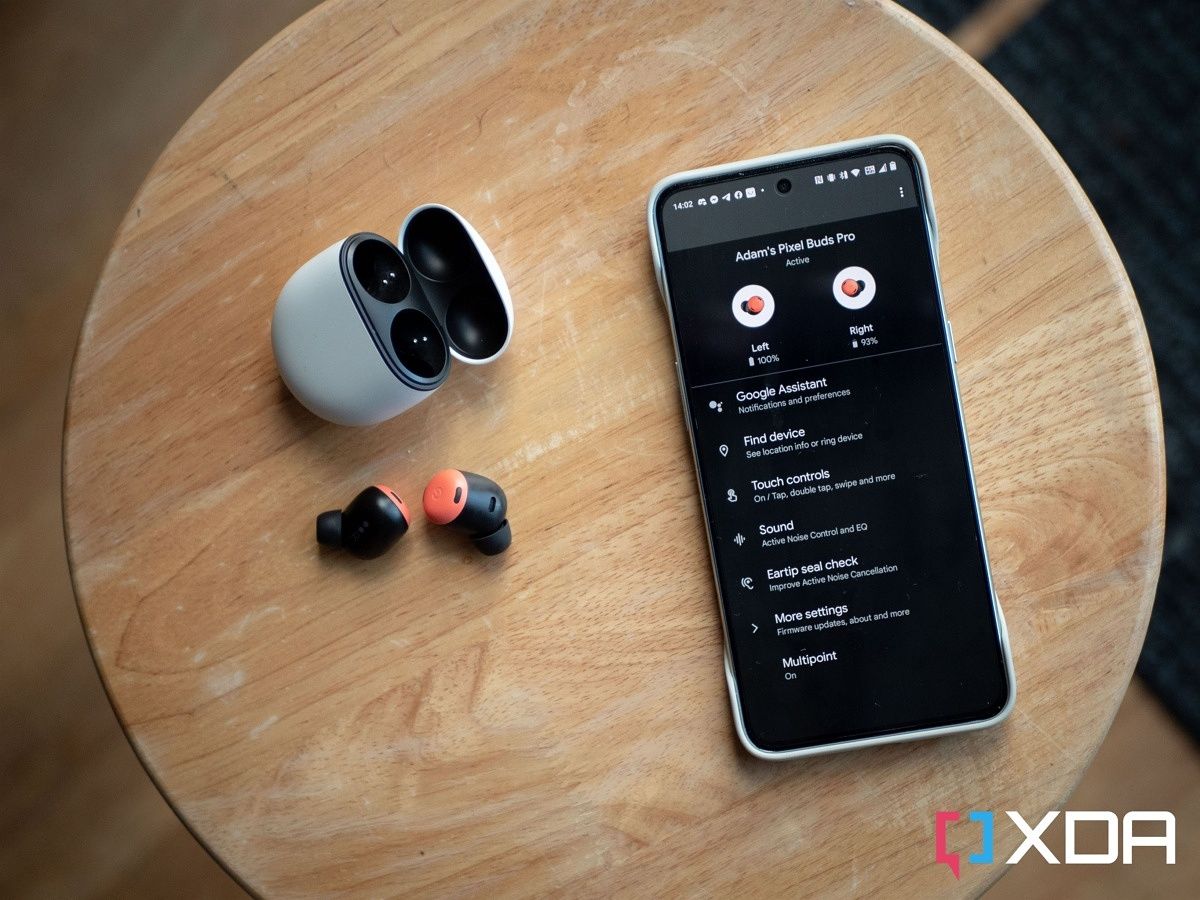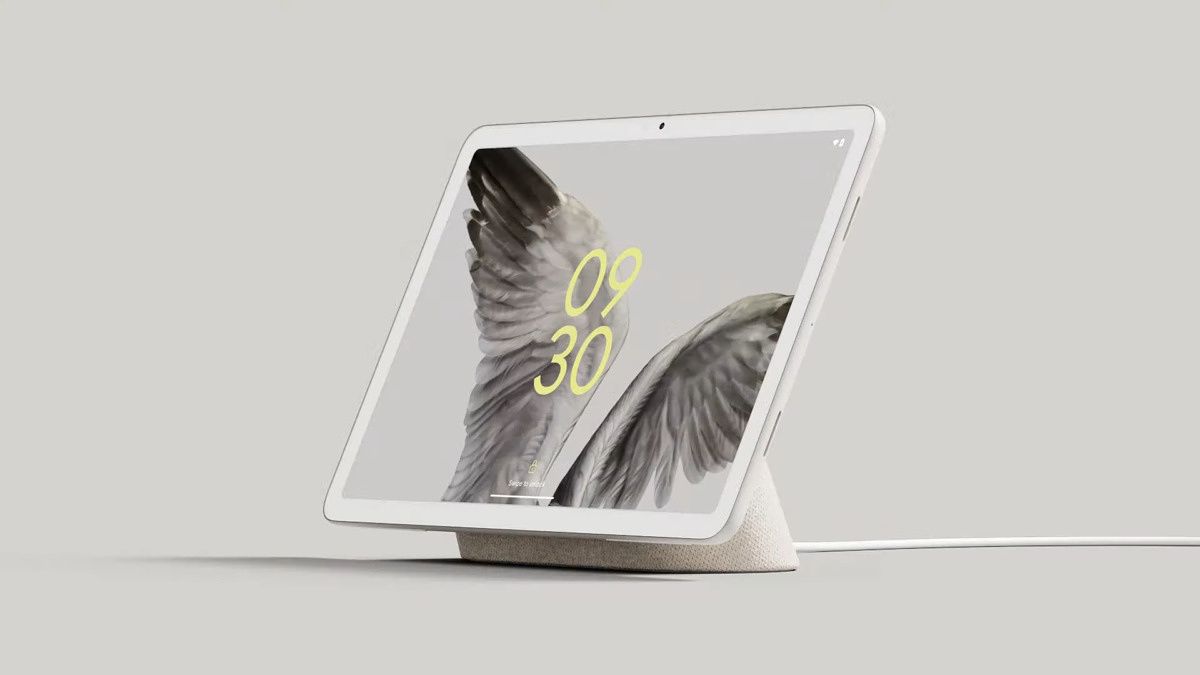Quick Links
With the year coming to a close, it's interesting to look back on the year that some of our favorite companies have had. One company that has had a pretty turbulent time has been Google, with some major highs and major lows over the course of the last 12 months. From the Google Pixel 7's advent to the introduction of many new product categories, there's a lot to take in this year.
Of course, it's not all good for the company either. With an impending recession and budget cuts across the industry, it would never be smooth sailing. Google Stadia shut down, and the company's Area 120 division, aimed at spearheading new projects, was also cut in half. Nevertheless, these are some of the highs (and lows) from Google in 2022.
Google Stadia
One of Google's biggest failures this year was the inability to capitalize on Stadia, the company's cloud gaming service. Ever since its inception, naysayers said that Stadia's days were numbered. After all, Google does have a fairly packed graveyard of messaging applications, a whole social media network that was integrated into YouTube, and several (failed) hardware outings, such as Google Glass. There's even a website dedicated to all the services that Google has laid waste to — aptly dubbed Killed by Google. There were a lot of people who stayed away from it and did not take it seriously, thinking its days were already numbered, which in itself became a self-fulfilling prophecy of doom.
As for why Stadia shut down, the company was pretty clear in its reasoning. "While Stadia’s approach to streaming games for consumers was built on a strong technology foundation, it hasn’t gained the traction with users that we expected," Stadia Vice President and GM Phil Harrison said in a blog post.
Stadia wasn't exactly the most supported service, either, and it wouldn't be fair to say that Google is totally blameless. When it launched, it was missing many of the features Google promised it would have, like Stream Connect and Crowd Play, and didn't work on many devices. Features like 1440p support (a long-requested feature) took literally years to arrive, with it only being achievable if you set your resolution to 4K but had a monitor at a lower resolution than 4K. It was design and feature missteps like these, coupled with the killing of the company's own in-house games development studio, that really stifled any enthusiasm consumers may have had.
As for where the tech belonging to Stadia is now, it'll go to the company's "industry partners" while also helping out at YouTube, Google Play, and augmented reality projects.
Google Pixel Watch
Google's Pixel Watch was literally years in the making, surfacing in leaks time and time again since 2020. It finally arrived this year alongside the Pixel 7 series. While it's a good watch, with all the fitness features and apps you'd expect, its battery life is a huge letdown, barely lasting a full day on a single charge. Still, it's a decent first foray into smartwatches and lays the groundwork for the company to launch something of a higher caliber next year or even the year after.
While it's hard to argue the Google Pixel Watch is a clear success story, it's hard to call it a complete flop, either. When compared to the Samsung Galaxy Watch 5, the latter is a better value-for-money product (considering it costs less). But the Pixel Watch isn't a bad product, especially if you can get a good deal on it.
Google Pixel 7 series and Tensor G2
Last year's Google Pixel 6 series was plagued with problems, and the company's Android 12 brought even more. It took months for Google to get things into a stable position where the phone was actually receiving regular security updates without problems. On top of that, Tensor, the Pixel's processor chip, had issues with power consumption and thermals, making the phone unusable for long periods of time.
This year, though, Google made things a lot better. The Google Pixel 7 series is the company's best set of Pixel devices yet, and Tensor G2's primary focus has been to improve on the last generation. It's a solid, usable chipset with far fewer issues. It has a revamped GPU, upgraded performance cores, and other changes across the board. The company still has some way to go yet, but Tensor G2 has righted a lot of wrongs.
Google Pixel Buds Pro
Along with the company's improvements in its smartphone division (and the introduction of a new smartwatch category), you'd be forgiven for forgetting that the company also released a pair of flagship true wireless earphones in 2022. The Google Pixel Buds Pro have some fantastic hardware. However, the audio tuning proved to be the worst aspect of the entire package. The company later introduced a built-in equalizer with a balanced preset that helped them sound a lot better, instantly making them a lot easier to recommend.
Two of the reasons I love these earbuds are the pressurized seal that makes them comfortable to wear for long periods of time and the battery life. They're also the most comfortable pair of earbuds I've ever worn, and they're the highest-end earphones that the company has released. Google has never released a pair of earphones before these with active noise canceling, and this was its first real step into something a little more high-end than its previous outings.
Android 12L and the announcement of the Google Pixel Tablet
Android tablets aren't exactly known for high quality, and that's largely Google's own fault. The Android software has never been good on tablets; Google's approach was to basically make Android on tablets just a bigger version of Android. This year, we got Android 12L, which focused on trying and repair some of the reputational damage caused by the release of poor Android tablets over the years.
For example, Android 12L improved Android's split-screen mode while prettying-up the notification and lockscreen layout on tablet displays. There's a new taskbar for app switching that's enabled on some tablets, and it's generally a more refined experience. Even apps that aren't optimized for tablets will now work better on an Android tablet system.
Everything Android did previously differed from Apple's approach, and there's a reason why iPads have reigned supreme for all these years. Android 12L is a step in the right direction, with multiple improvements aimed solely at tablets, and with the Google Pixel tablet coming in 2023, the company is clearly more committed to tablets than it has been before. The Google Pixel Tablet was announced at Google I/O, and while information is scarce currently, it seems that it will double up as a smart display.
Android 13
Android 13 is the latest and greatest version of the Android operating system, and it doubles down on a lot of what made Android 12 great. Most of the changes are under the hood, but it made it a way more stable release than Android 12 was.
With Android 13, Material You is still here in all its glory. There's a better media player, improvements to privacy and security (such as a new notification permission), and it's just all-around better. It's a more refined experience, and sure it's iterative, but devices are getting the update a lot faster (and a lot more stable) than Android 12 ever was. That definitely counts for something, right?
Cutting Area 120 in half
Not everything in Google's year was a success, and along with Stadia, the culling of Area 120 is one of those changes that will likely have ramifications for years to come.
For context, Area 120 was Google's in-house incubator for new ideas, where employees were encouraged to come up with product ideas and develop them. Google describes what happens in Area 120 as "work on 20% projects 100% of the time." Good projects get a team built up around them, like Google's Smart Replies, which are now built into Android.
Not a lot made it to the mainstream from Area 120, but features developed there have contributed to the company's other mainstream projects, such as Aloud for YouTube, an automated dubbing program currently in early access. The company likely won't feel the impact of Area 120's culling immediately, but it could make things harder for it to innovate in the future.
2023 and beyond
Google's future in 2023 is certainly set up to be interesting. With new product categories being introduced in its portfolio and the cutting back of existing projects in 2022, it seems that the company is re-evaluating its overall strategy going into the new year. Whether that will change a lot for the company in a public-facing manner remains to be seen.

